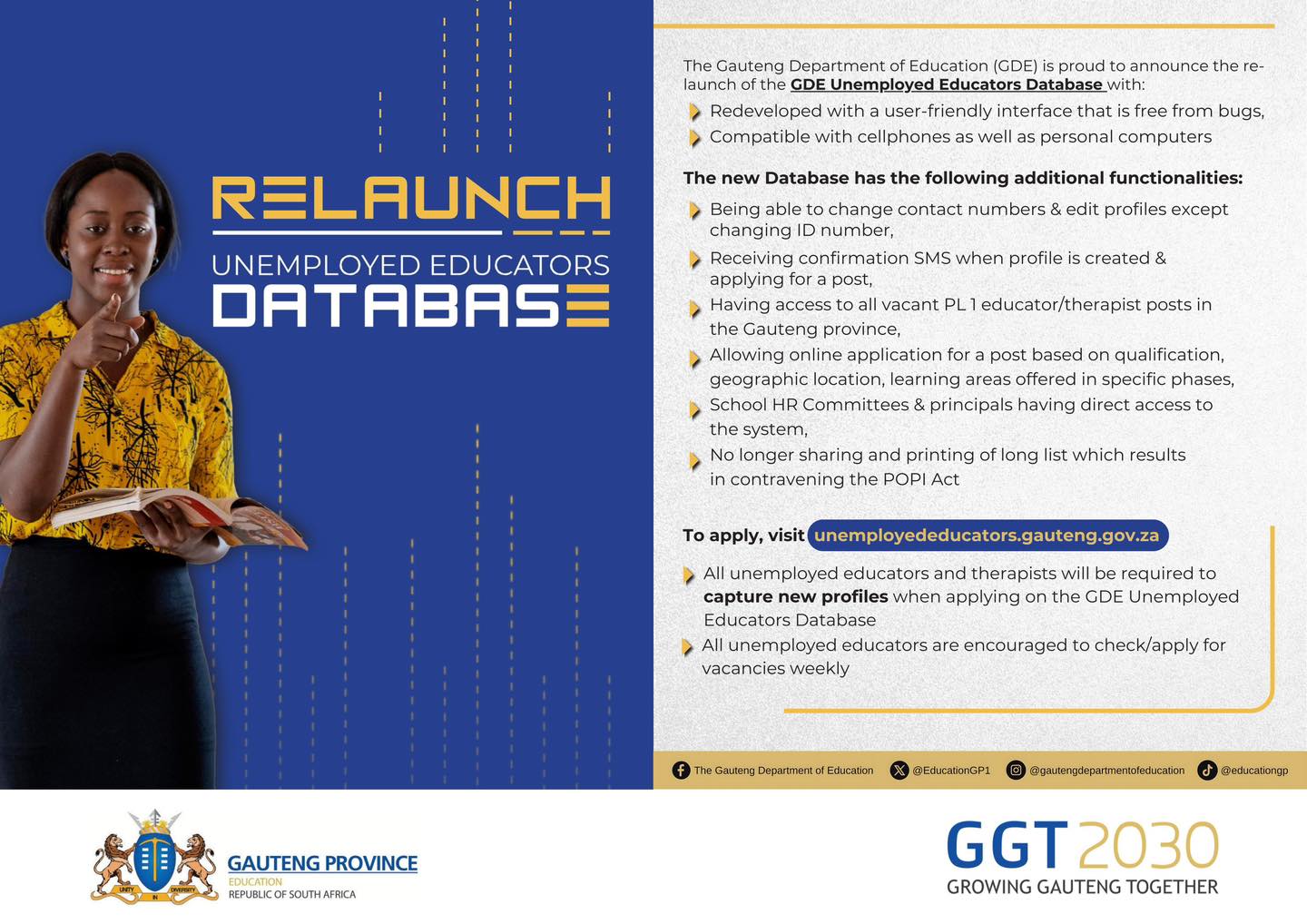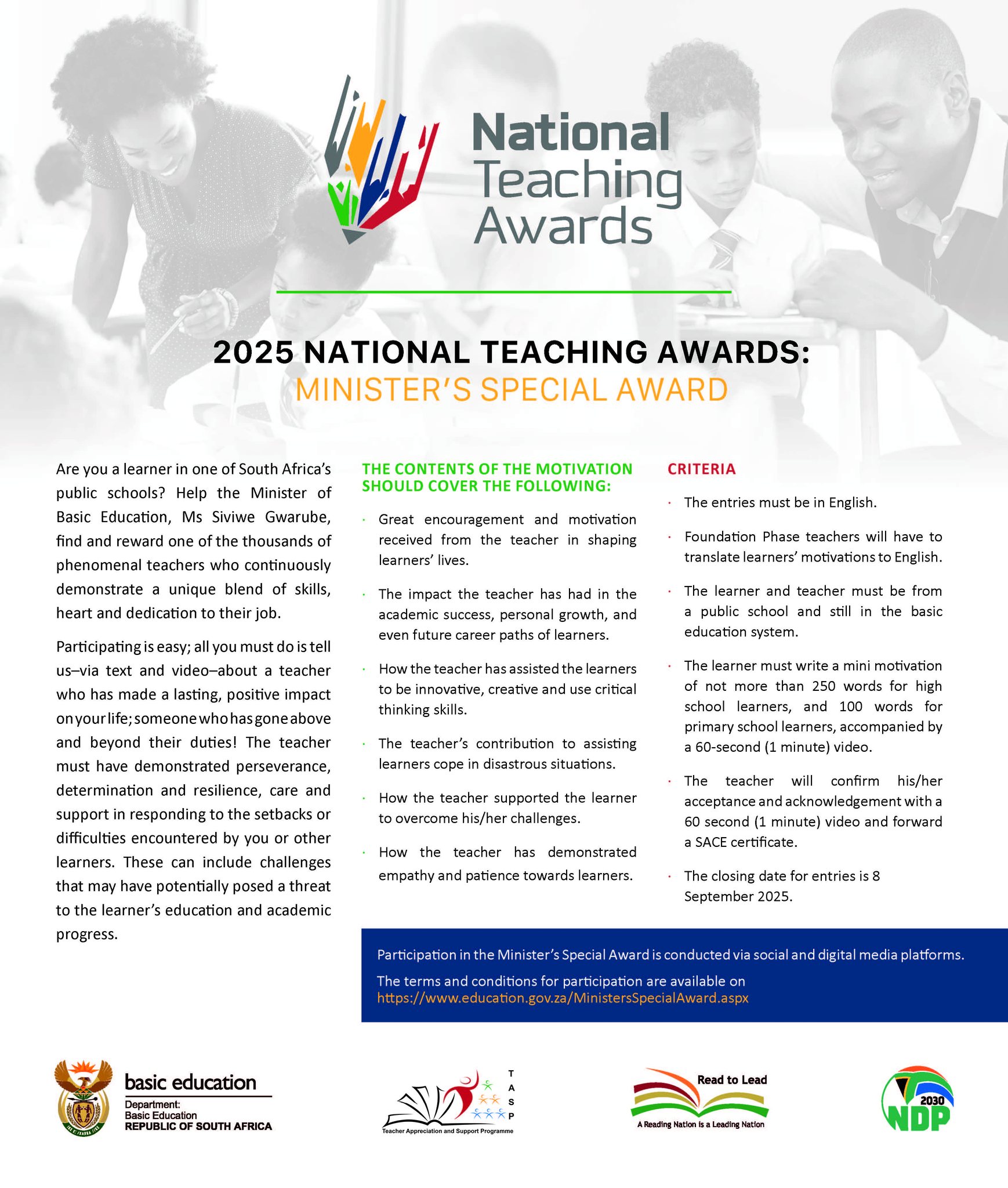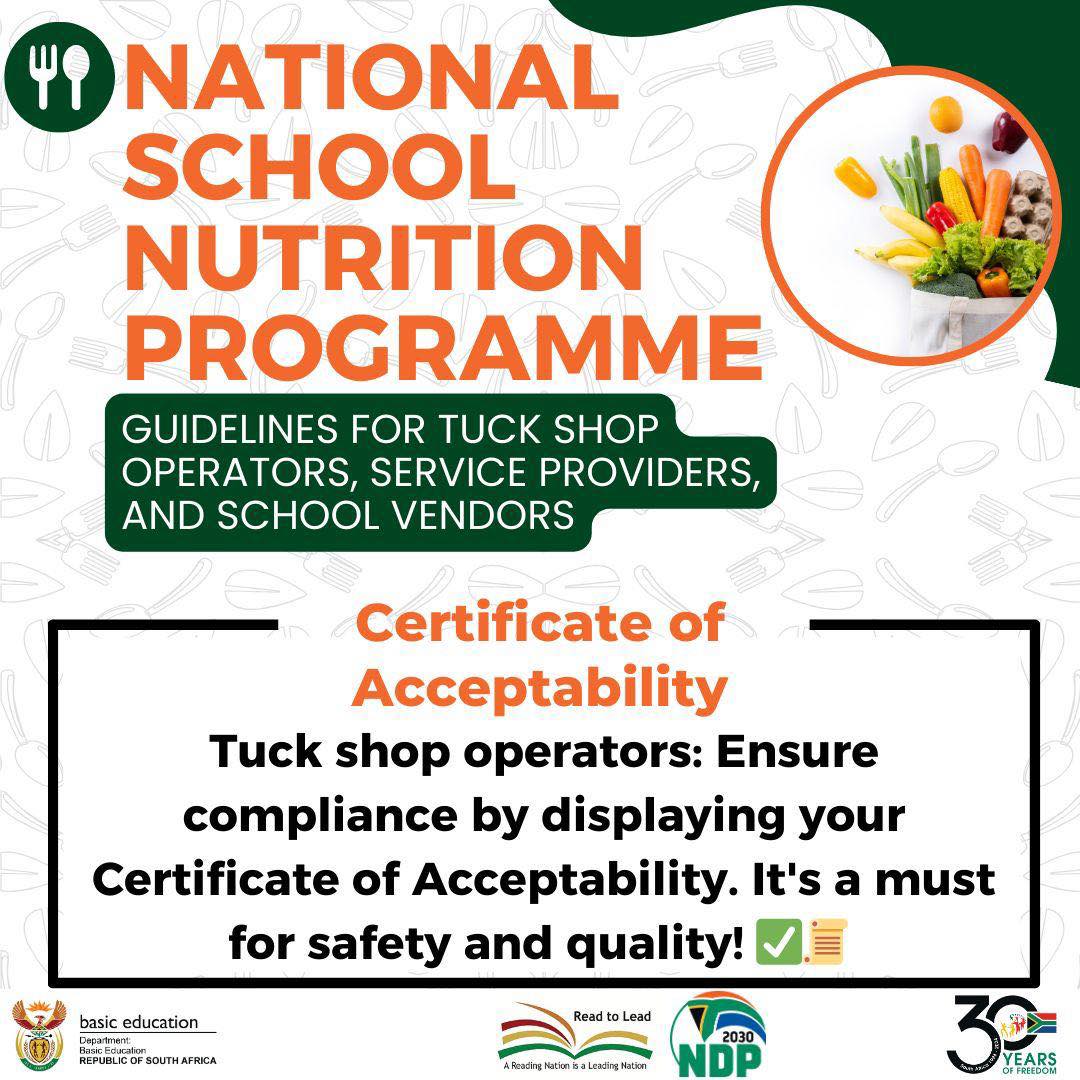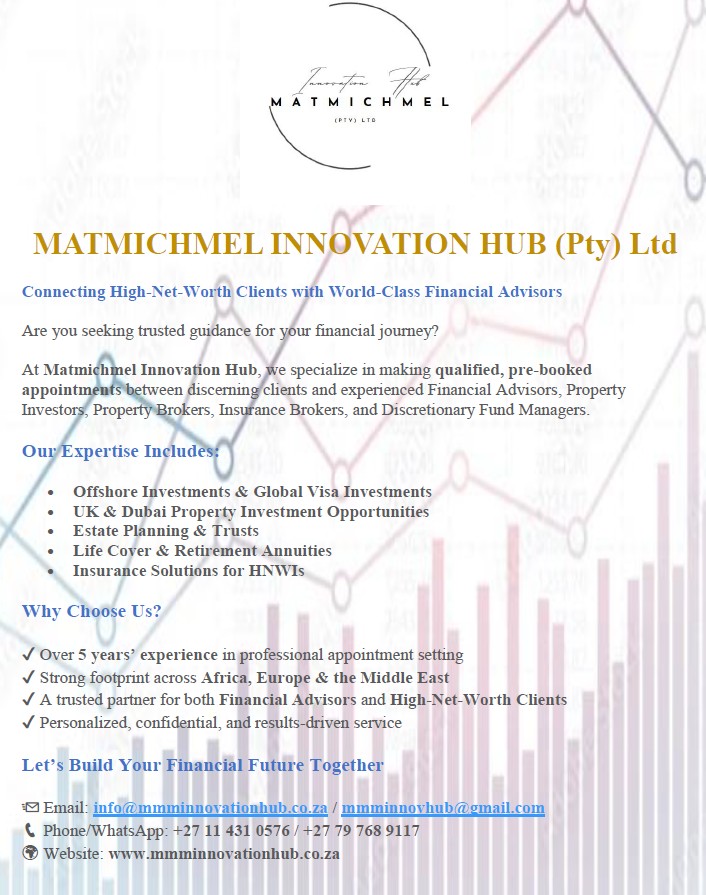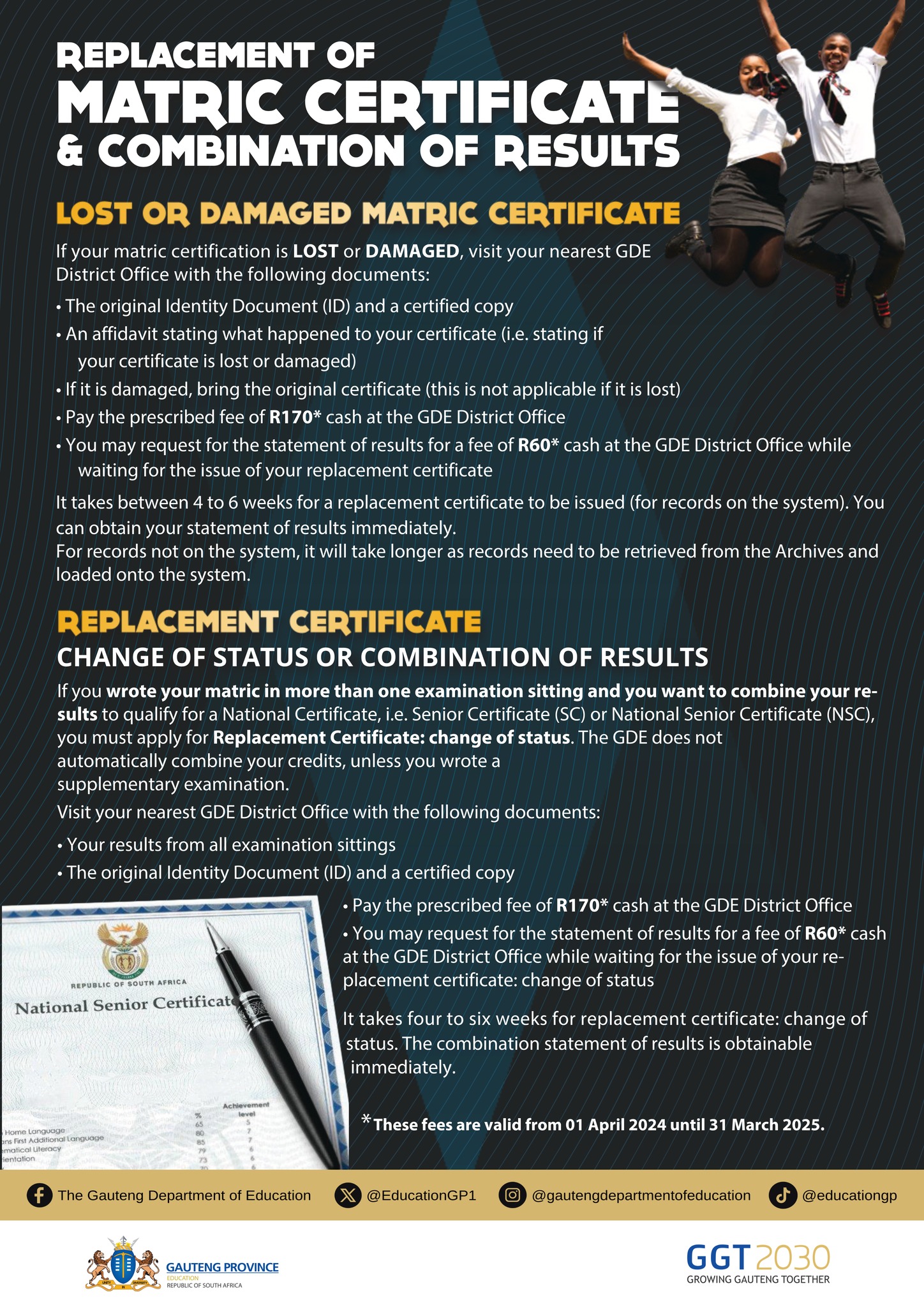By Mzukona Mantshontsho
Lots of people want to start their own small businesses or need help with their small businesses. So how do people go about doing this?
Some people go to the bank, some to a friend or family member who has money, an angel investor or some other kind of investor – perhaps a loan shark, cash loan companies, yet still, others are using websites such as kiva.org, kickstarter.com, and indiegogo.com to raise funding or micro-loans to help them out.
Getting a company off the ground or expanding it requires money, and finding the right kind of finance is often a major difficulty for South African Small and Medium-Sized Enterprises (SME’s).
There are very few true venture capitalists in our country, but there has recently been a definite increase in the number. Incubation is also an indirect source of funding.
For existing SME’s, with proven and successful business models, that require funding for capital expansion or to provide cash flow for operating expenses the usual source is one of the major banks or other primary financial institutions including public sector institutions. A government grant is also an option but these can take a long time to come to fruition.
Doing the soul-searching exercise to find which business suits you by looking at your talent bank and areas in which you have the most experience, you get an indication of which business best suits you. Having gone through that ambitious journey lies ahead that huge obstacle of getting the necessary funding to start the venture.
A combination of factors explains this situation. On the one hand, a risk aversion culture makes investors and banks shy away from financing start-up SME’s. On the other hand, entrepreneurs often have little understanding of investors or banks concerns, making it even harder for them to find the financial backing they need.
The market gaps which arise from these factors compromise entrepreneurship, competition and innovation and subsequently the growth of the SME sector in our country. SME’s though, have not kept pace with the country’s economic growth because of their inability to access finances, industry experts have pointed out.
Dylan James, Chief Operations Officer at Caban Investments said the best option is to approach private investors. “In order for an SME to get funding they need to ensure that their business is in good standing and for this their accountant or corporate advisor is their best friend.
“A solid business plan that outlines the businesses’ product or service and unique selling points as well as marketing and sales strategy is important. Also, a clear explanation of what they will do with the funding is vital. It is best for the SME to align themselves with corporate financiers who will advise and assist them in raising funds”.
“To be in good standing for funding an SME should make sure they get the basics right. They should have proper accounts, and all their taxes should be up to date. A detailed business plan with forecasts is an essential requirement. Banks generally don’t lend on risk. You would require assets to use as security or someone that is prepared to sign surety for the loan,” he advised.
“At Caban Investments we do not focus initially on funding the SME. Caban’s core focus is on accelerating entrepreneurship in South Africa through providing all the services that a business requires (accounting, legal, corporate identities, marketing, websites through to sales) to be successful and sustainable on credit and at our risk.
Once the business is fully fledged, we then work with the business owner to access funding through whichever source is most suitable. The business owner is only required to pay for the services provided the business is profitable,” said James.
It is a well-known fact that the inability to access finance is one of the reasons why we do not see a robust correlation between SME prevalence and economic growth.
Therefore, the increasing strength of the financial system in the country will help SMEs continue on their growth path. Another important aspect in this journey would be to ensure enhanced global visibility to these SME’s and thus look at growth of markets beyond our borders.
South Africa is slowly but surely developing a financial system that provides firms with adequate access to finance on acceptable terms and this is crucial in enabling the country to achieve its full economic development potential.
When Sibekiso Motsa formed his company Thathokwako Investments four years ago, he didn’t anticipate that his company would now have clients outside of South Africa. All he had when he started was a dream and no idea how to turn it into a reality. He did know hard work would get his company off the ground.
But as is the case with many start-ups, funding was a problem, and traditional banks were unwilling to invest in a new venture. “I kept knocking on doors, but you know banks are very reluctant to fund start-ups, because you don’t have a credit record.
Having tried a number of banks including Standard Bank where I had my home-loan and personal accounts, only First National Bank believed in my idea and invested in the business. Only then did I see a glimmer of hope,” he said.
Looking at the website route, Kiva.org is a non-profit organization with a mission to connect people through lending to alleviate poverty, leveraging the internet and a worldwide network of microfinance. Kiva envisions a world where all people even in the most remote areas of the globe hold the power to create opportunity for themselves and others.
Kiva provides safe, affordable access to capital to those in need to create better lives through microfinance institutions on five continents to provide loans to people without access to traditional banking systems.
One hundred percent of the loan is sent to microfinance institutions called Field Partners, who administer the loans in the field. Kiva does not charge interest to our Field Partners, who administer the loans.
Kiva is primarily funded through the support of lenders making optional donations – the funds are through grants, corporate sponsors, and foundations.
Kickstarter.com is a vibrant community of people working together to bring new things to life. A Kickstarter project does more than raise money; it builds a community around your work. An example of a kick-starter project is a South African documentary following Clive Stillerman, his family and staff and explores the conflicted connections between business and family, community, and country. The shop stocks home-wares – everything you need for your kitchen, bedroom and bathroom, from pots and pans to curtains, brooms and blankets.
Over the course of the month, Clive learnt what made his father tick, and be with him as he takes stock of his business and his life, examining his interactions with those around him at work and at home. The film was about Clive and his complicated relationships with his relatives, employees, customers and friends, as seen through the lens of his family business, Benoni Discount Stores.
Indiegogo.com offers two different funding models as well as both Pay-Pal and Credit Card payment options, so you get to choose the model that works best for you. It’s easy to get started. Creating a great campaign page takes only minutes with the guidance of the campaign editor. You can launch whenever you’re ready. With no set-up or start-up fees, there’s nothing keeping you from bringing your idea to life. More data means smarter decisions. You are empowered with the most insights of any platform so that you can run the best campaign.
“The funding from the campaign allowed us to scale up our business venture and connect with our first one thousand two hundred customers in more than twenty-five countries around the world,” said Anna Stork.


